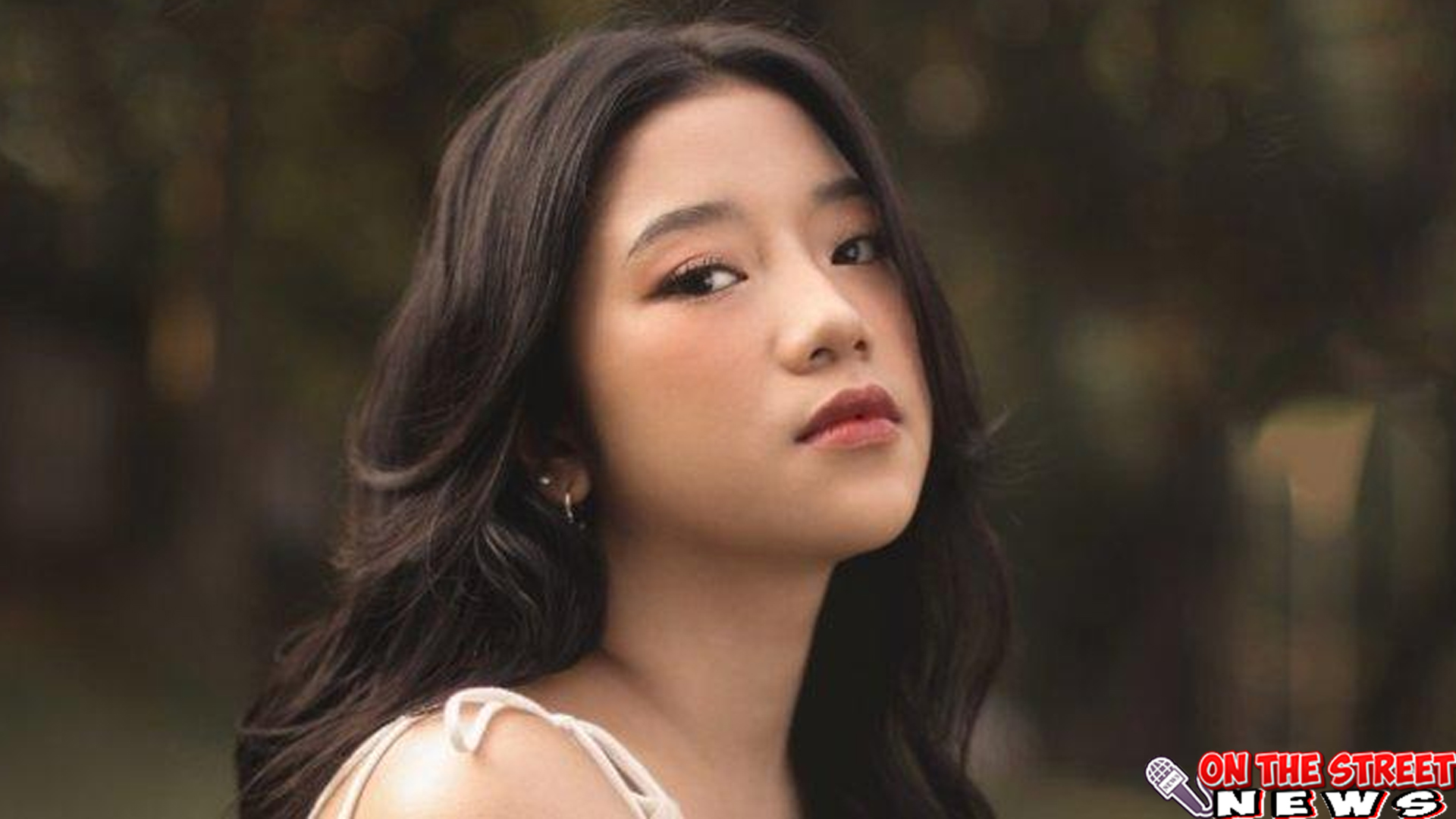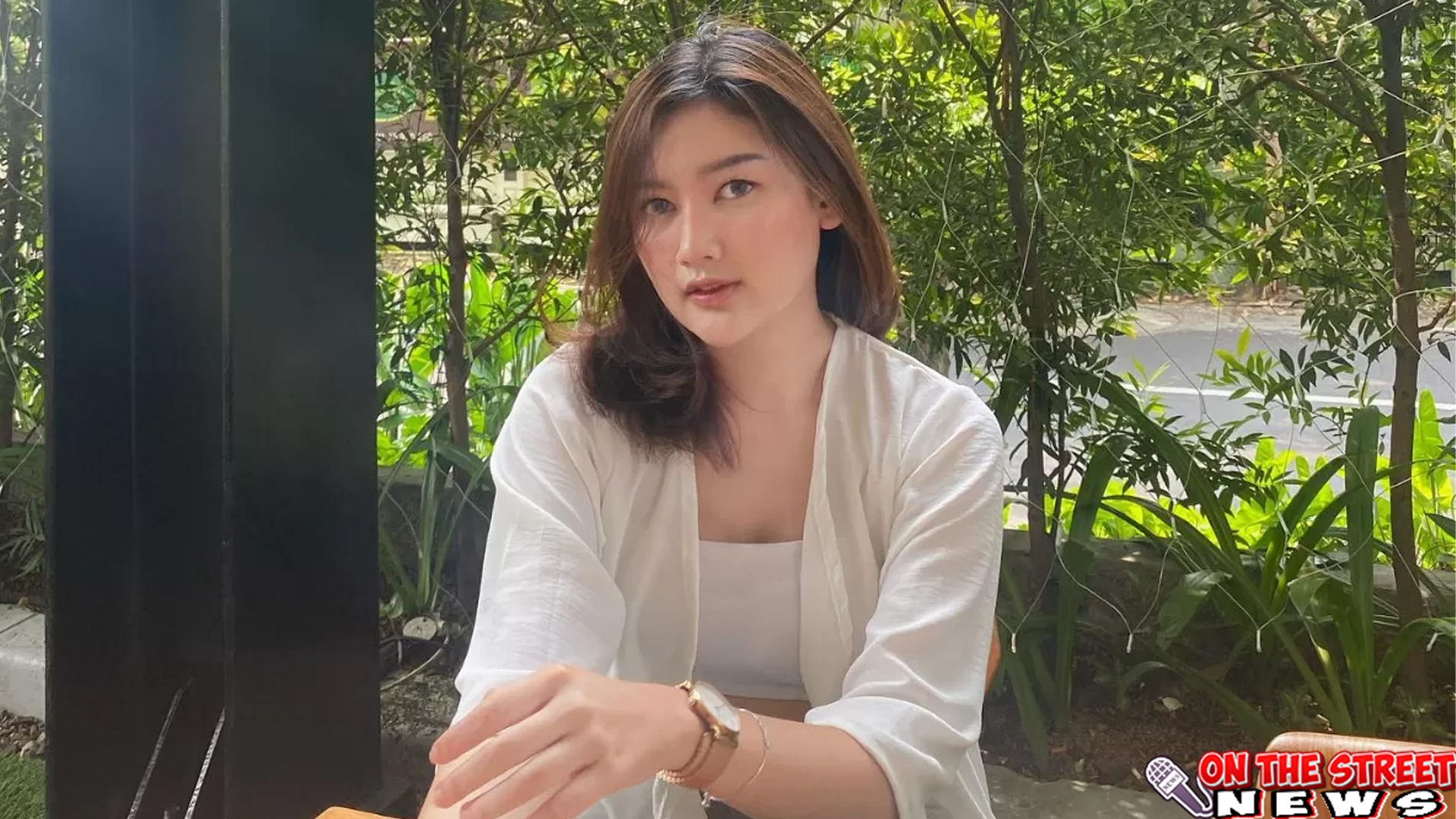On The Street News – thegardenbarnhouse.com – Bersuara Emas Ziva Magnolya Makin Tak Terbendung! Dari layar kecil hingga panggung megah, nama Ziva Magnolya terus menggema […]
Bandar Toto Online Terbaik untuk Pengalaman Bermain Optimal
thegardenbarnhouse.com – Bandar Toto Online Terbaik untuk Pengalaman Bermain Optimal Kalau kamu lagi cari tempat buat ngetes hoki dengan cara yang asyik dan gampang, bandar […]
Dengerin Lagu Anggis Devaki, Dijamin Bikin Kamu Ketagihan!
On The Street News – thegardenbarnhouse.com – Dengerin Lagu Anggis Devaki, Dijamin Bikin Kamu Ketagihan! Lagu-lagu yang di ciptakan oleh Anggis Devaki kini semakin di […]
Slot Tembak Ikan Jackpot Fishing Main Tanpa Kendala!
thegardenbarnhouse.com – Slot Tembak Ikan Jackpot Fishing Main Tanpa Kendala! Main game slot tembak ikan kini sudah jadi hiburan yang populer dan mudah ditemui di […]
Meiska Adinda Harmoni Merdu yang Menggetarkan Jiwa!
On The Street News – thegardenbarnhouse.com – Meiska Adinda Harmoni Merdu yang Menggetarkan Jiwa! Dalam dunia musik, kehadiran suara yang mampu menyentuh hati adalah sebuah […]
Eksplorasi Link Gacor dalam Dunia Slot Bomb Bonanza!
thegardenbarnhouse.com – Eksplorasi Link Gacor dalam Dunia Slot Bomb Bonanza! Nama Bomb Bonanza belakangan ini sering muncul di berbagai forum dan obrolan ringan seputar slot […]
Doechii Bintang Baru dengan Gaya Eksentrik Penuh Daya!
On The Street News – thegardenbarnhouse.com – Doechii Bintang Baru dengan Gaya Eksentrik Penuh Daya! Di tengah padatnya industri musik yang penuh wajah lama dan […]
Taruhan Live Togel Makin Gampang dengan Rtp8000!
thegardenbarnhouse.com – Taruhan Live Togel Makin Gampang dengan Rtp8000! Siapa sih yang gak suka sensasi taruhan togel? Apalagi kalau bisa langsung ngerasain serunya taruhan live […]
Frank Ocean Penyanyi dengan Gaya yang Tak Pernah Biasa!
On The Street News – thegardenbarnhouse.com – Frank Ocean Penyanyi dengan Gaya yang Tak Pernah Biasa! Dalam dunia musik, menemukan sosok yang benar-benar unik bukanlah […]
Rasakan Slot Bigger Bass Splash Lewat Link Alternatif Cnnslot!
thegardenbarnhouse.com – Rasakan Slot Bigger Bass Splash Lewat Link Alternatif Cnnslot! Kalau kamu lagi cari game slot yang rasanya nggak kayak slot biasa, Bigger Bass […]










